By Phil Gioia
Watching his forces prepare to attack the Union Army at the Battle of Chancellorsville in 1863, Confederate General Thomas “Stonewall” Jackson commented to an aide, “The Institute will be heard from today.” Jackson, who before the Civil War had been an instructor at the Virginia Military Institute in Lexington, Virginia, observed that in the oncoming combat, three of the four infantry divisions in his 26,000-man corps, and most of his brigades, regiments, and battalions, would be commanded by alumni of VMI.
Years later, if Jackson could have seen the enormous influence VMI would exert at the highest levels of the very army its cadets and graduates had once so ferociously opposed, he might have allowed himself a tight smile. For during World War II, a small group of VMI alumni at the very top of the War Department general staff would formulate policy and strategy, issue directives and orders, and recommend and approve top command appointments, which would drive the 8.5 million-man U.S. Army to an Allied victory in the war.
Marshall, Gerow and Handy
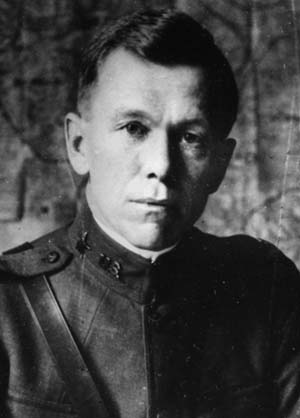
These officers were Generals George C. Marshall (VMI ‘01), Leonard “Gee” Gerow (VMI ‘11), and Thomas Handy (VMI ‘14). Marshall was chief of staff of the U.S. Army, which then encompassed all ground and air forces of the United States. Gerow served as assistant chief of staff, and chief of the War Plans Division (WPD) of the general staff, while Handy was assistant chief of staff and chief of the Operations Division (OPD) of the general staff. He also later served as deputy chief of staff of the Army. Because of their power and reach, WPD and OPD were the true brains and heart of the Washington command post of the wartime Army.
Serving these generals as secretaries of the general staff were Colonels Frank McCarthy (VMI ‘33) and H. Merrill Pasco (VMI ‘37), both of whom accompanied Marshall on his many wartime travels in the United States and overseas.
Of the concentration of VMI men serving around him, Marshall would later firmly state that until it was brought to his attention by General Henry “Hap” Arnold, he had not been aware of it. Several had preceded him to the general staff, he said, and those who followed did not make their connection to VMI known until later. His greatest concern after being so informed was that it would be seen as favoritism, whereas, he maintained, every officer on the staff was there by individual merit.
Marshall, Gerow, and Handy were born into late 19th-century America, in which the South had suffered greatly during post-Civil War Reconstruction. The emotional and physical scars of the war, which had killed half a million combatants and wounded millions more on both sides, were still raw. This context enveloped the Virginia Military Institute, founded in the Shenandoah Valley town of Lexington in 1839 as the site of an arsenal for the Virginia Militia. The school has become known as the “West Point of the South.”
When Marshall, Gerow, and Handy graduated from VMI, commissions were scarce, won by competitive examination, and guarantors of years of lean existence in the Army of a fledgling and not yet understood empire. As junior officers, they served in typical regimental postings: stateside, Panama, the Philippines, China. They followed the Army’s education track: Advanced Course at the Infantry School; Command and General Staff; the War College. Handy would attend both the War College and the Naval War College.
Marshall entered VMI as a “Rat” (freshman) in 1898. As a result of the brief war with Spain, America gained the Philippines, Marshall’s first assignment in 1902. In that year, man had not yet flown, wireless was in its infancy, and horse cavalry was still considered the Army’s “decisive arm.” Yet he chose infantry, and in the training, movement, and command of infantrymen, Marshall would write his name across the Army’s future. He showed his gift as a planner early, serving as chief of staff of the 1st Infantry Division in France during World War I, and as aide to General Pershing for five years afterward.
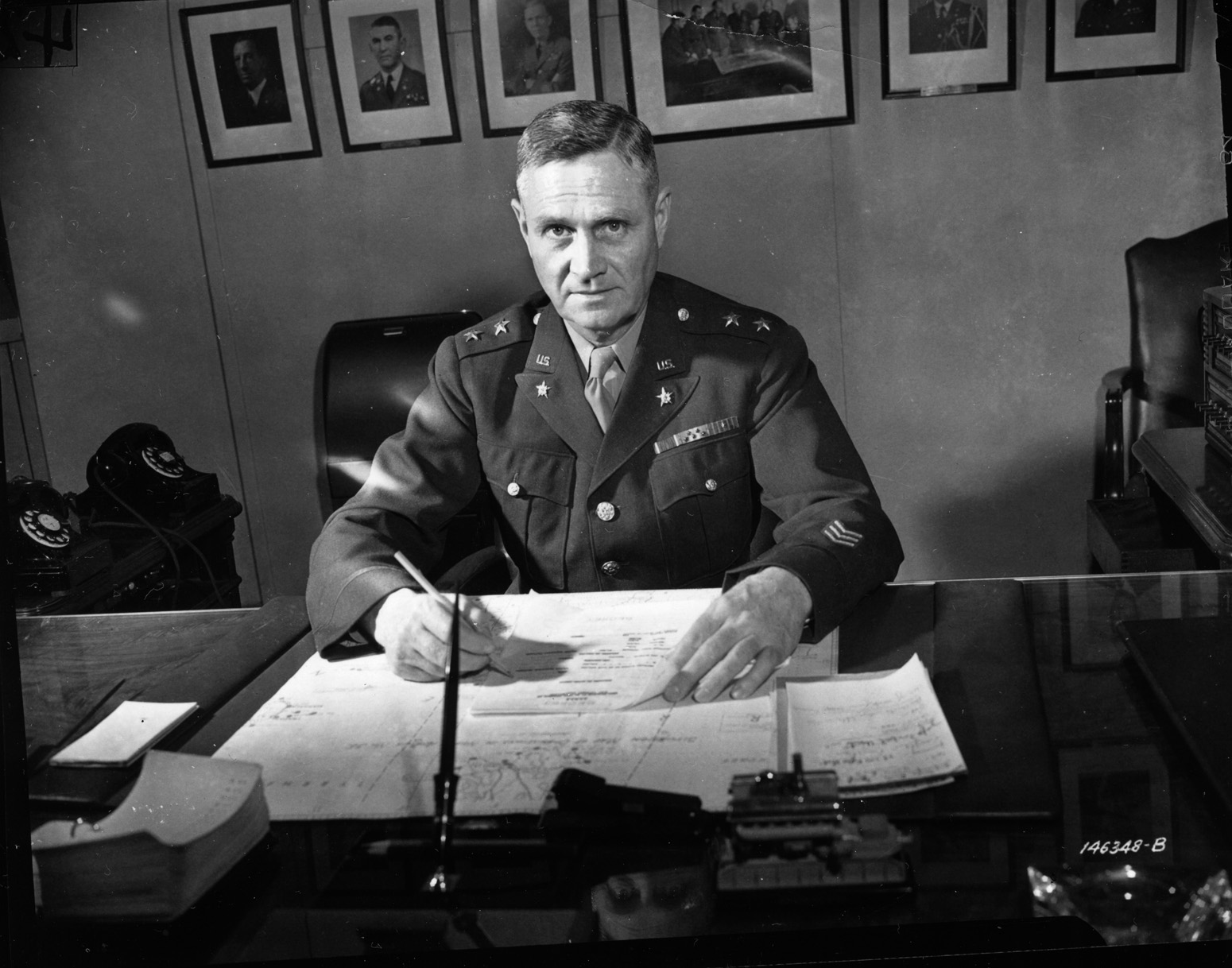
Gearing The Nation Up for War
Marshall’s impact on U.S. preparedness for World War II was immense. In a five-minute conversation with Roosevelt in 1940, he reversed the president’s decision against a budget appropriation critical to the buildup that would ensure the multi-million man army. His lobbying of Congress was almost solely responsible for passage of Selective Service—by a single vote. Without both, history may have written a completely different scenario, for America’s fate in World War II.
“I’ve kept a small list,” Marshall told military correspondent George Fielding Eliot. On it were all the future “greats”: Dwight D. Eisenhower, Omar Bradley, Courtney Hodges, George Patton, William Simpson, Joseph Stilwell, and others. He had watched them through the lean years, adding or checking off a name; noted their performance at Benning and Leavenworth; and assessed their performance in the great maneuvers in Louisiana and the Carolinas.
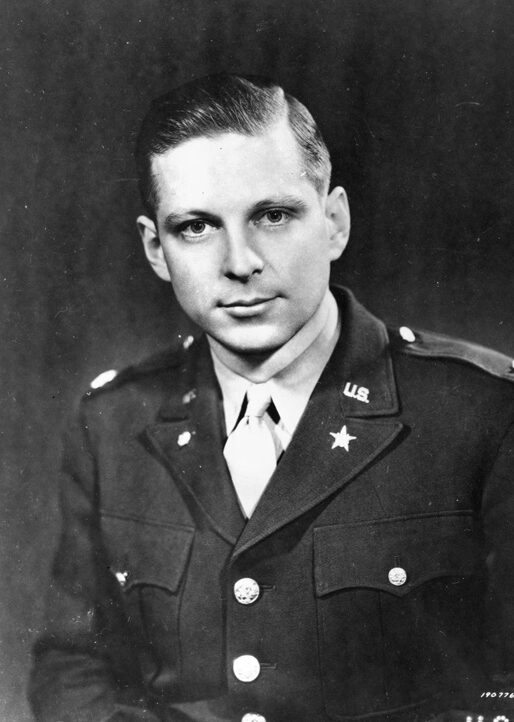
While the Germans were demonstrating blitzkrieg in Poland, the Cavalry Journal was still arguing tactical use of the horse. The U.S. Army was only the 18th largest in the world, with 200,000 men and 70 tanks, smaller than the armies of Portugal or Romania. Marshall knew the oncoming war would need radical tactics and young, dynamic officers to fight it.
It is difficult today to appreciate how powerful and far-reaching the small War Plans Division of the general staff was. Unlike the rest of the general staff, which was involved with organization and training of the Army within the United States, WPD’s responsibility was nothing less than formulation of all strategic plans for military operations worldwide and oversight of their execution. It was also the sole general staff agency representing the Army in interservice strategic planning.
During 1940 and 1941 under Leonard “Gee” Gerow, WPD was principally engaged in formulation of the Rainbow War Plan series, culminating in Rainbow Five, which dealt with danger to United States security from Germany, Italy, and Japan.
In January 1941, WPD also prepared the agenda and military position of the United States for the “ABC-1” meetings, held in Washington, D.C. These first joint British-American planning discussions sketched fundamental Allied cooperation, should the United States enter the war, and set the “Germany first” strategy to be followed thereafter. They were the genesis of what would become the immensely effective wartime combined chiefs of staff.
It is also interesting to note, in relation to modern military staffing structures, that even with this crushing load of planning, on January 1, 1940, WPD’s strength stood at no more than 24 officers, including Gerow.
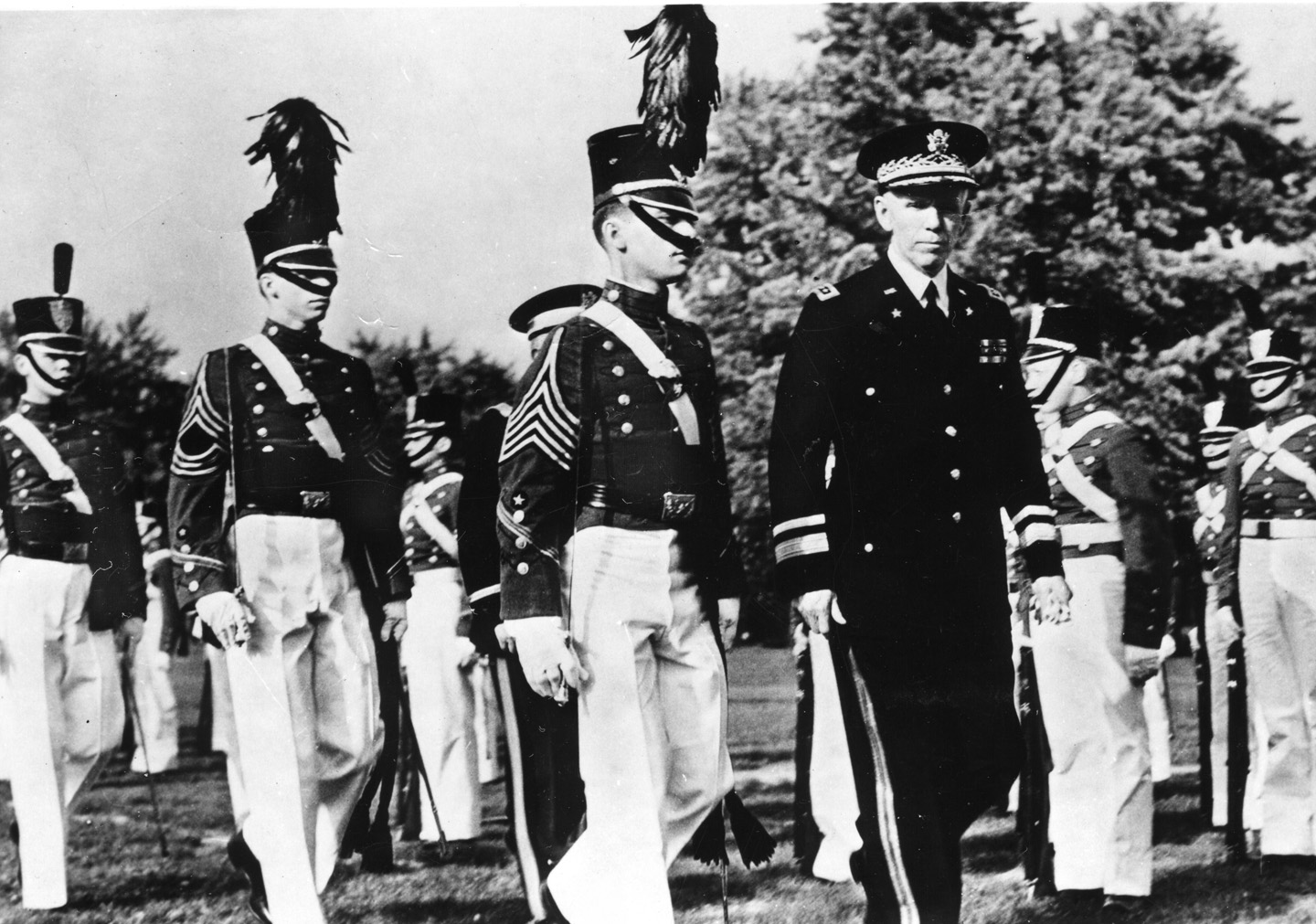
Dwight D. Eisenhower on General Staff
Eisenhower’s appearance on the General Staff was no small irony. In March 1941, Gerow, seeing the oncoming war and chafing for a field command, tried to entice Eisenhower to join WPD. Then serving on the staff of IX Corps at the Presidio of San Francisco, Eisenhower declined, hoping for a field command himself. Several days after Pearl Harbor, the officer responsible for WPD’s Pacific operations was killed in an aircraft crash in the Rockies.
Because of Eisenhower’s long service under MacArthur in the Philippines and his stellar staff work in the Louisiana Maneuvers of that year, Eisenhower held the “magic ticket” for the slot. Gerow would depart for his new command, the 29th Infantry Division, which would land on Omaha Beach in 1944 as part of V Corps, by then commanded by Gerow, who would be the first corps commander ashore.
A Unique Collection of Officers at a Critical Moment
After the war, biography Forrest Pogue interviewed Marshall. Of the issue of the VMI men who served all around him on the staff, he replied, “I might pause to say that in the Second World War, at one time we [VMI graduates] held the Chief of Staff, the Deputy Chiefs of Staff, the Secretaries of the General Staff, and I don’t know how many division commanders and corps commanders, and things of that sort.
“Way early in the game, when we had the Army-Navy Board [of the Joint Chiefs of Staff], we had one meeting at which three out of the four Army generals were all VMI men. I didn’t know it at the time. As we were leaving the meeting, one of the generals [Henry “Hap” Arnold, USMA ‘07 and chief of the Army Air Forces; one of the very few officers with whom Marshall was on a first-name basis] commented on the fact that it was rather unusual that three out of the four generals should be from the VMI. That was the first time I knew it.
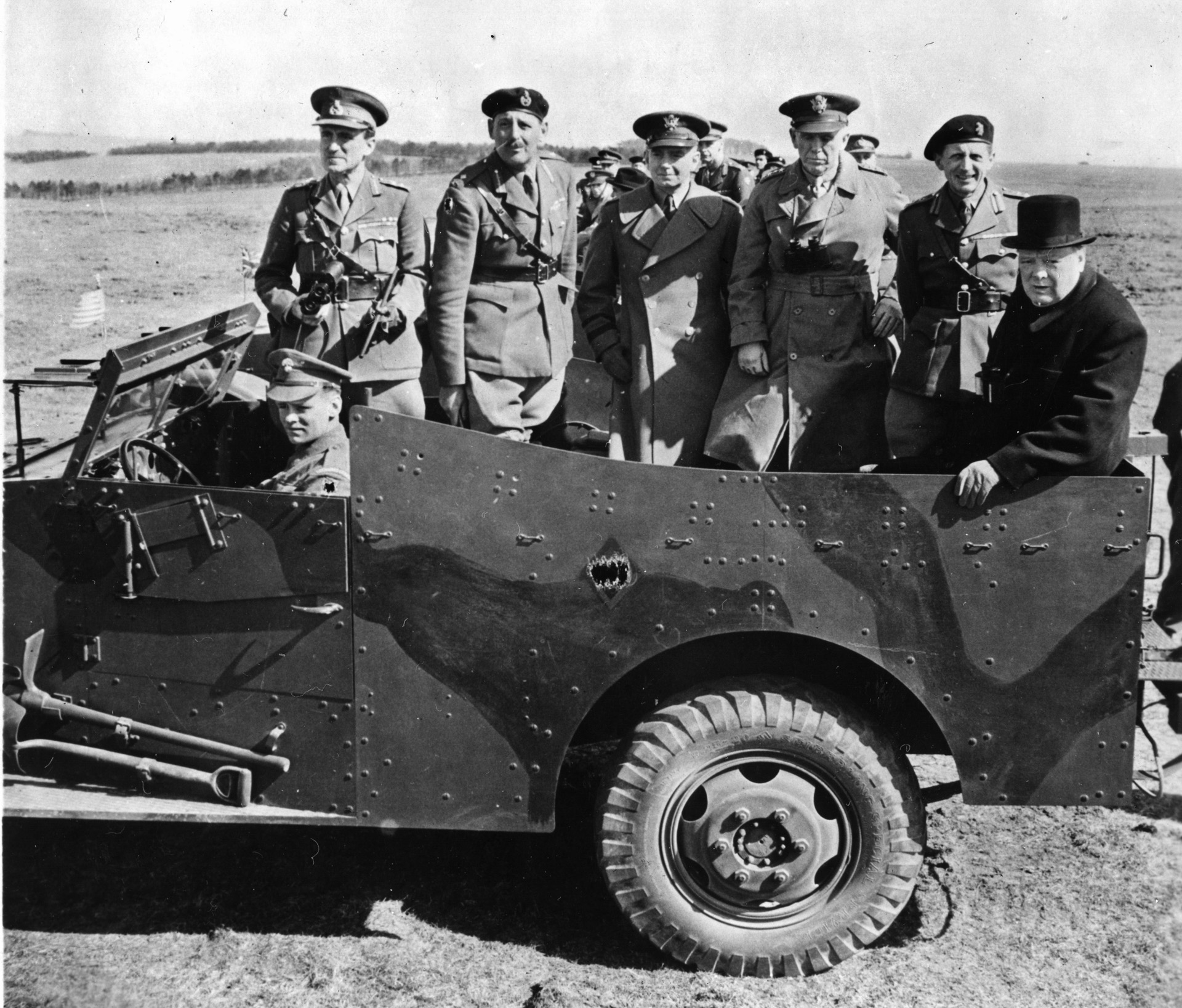
“The thing got so numerous there with VMI men, that I called the president of the Alumni Association and requested personally for them not to make any point of it all, because no one would believe that it hadn’t been done on purpose by me, because I was a VMI man––and actually, it was not that at all. I was very anxious for the alumni to have nothing to say about this in the way of ‘tooting it up,’ because I would be the sufferer for it, for everyone would believe that I did it purely because of my VMI affiliation.
“As a matter of fact, I didn’t know a one of these men at the time they were made, and I didn’t bring any of them into the War Department, or near the deputy chief of Staff’s jobs, or the Secretary’s jobs.”
It was a unique collection of officers, at a critical moment. From the Civil War, when a small school in the Shenandoah Valley of Virginia had sent its own cadets into combat, and been destroyed as a consequence, to devoted and unflagging service to the nation in another time of war and great peril, a handful of VMI men had come together to serve, at the very top of the War Department General Staff.
As history records, they served it very well.
To learn more about VMI’s role in shaping the military leaders of today, visit them online.
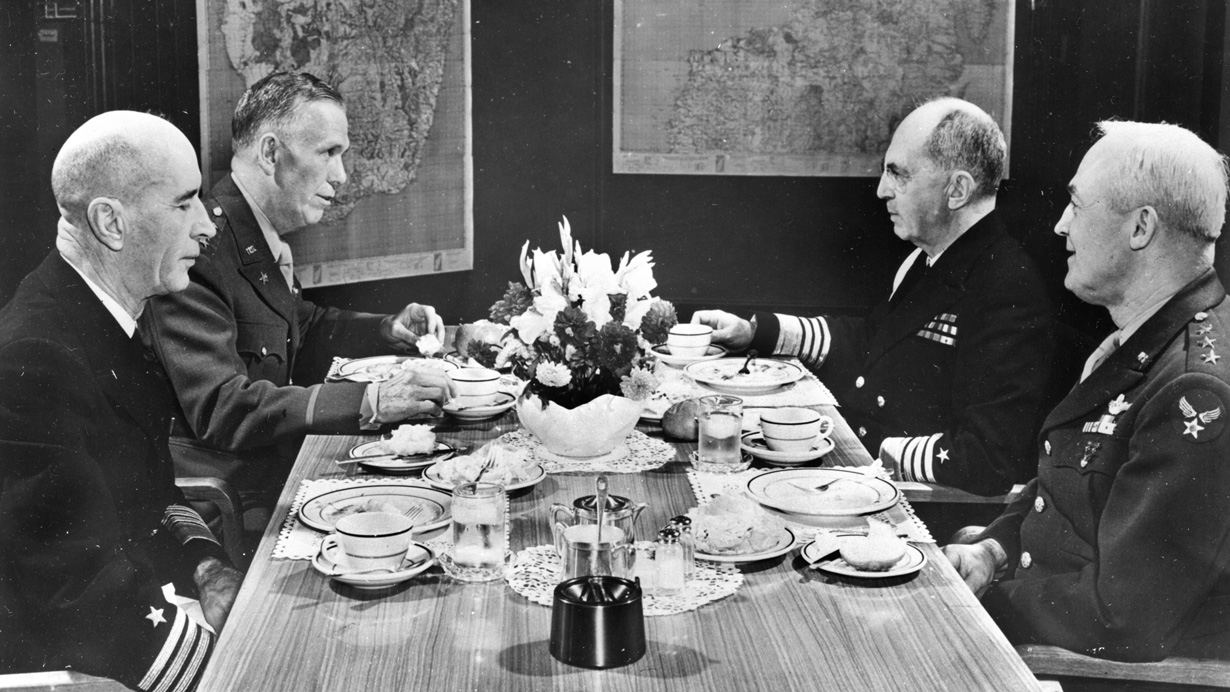

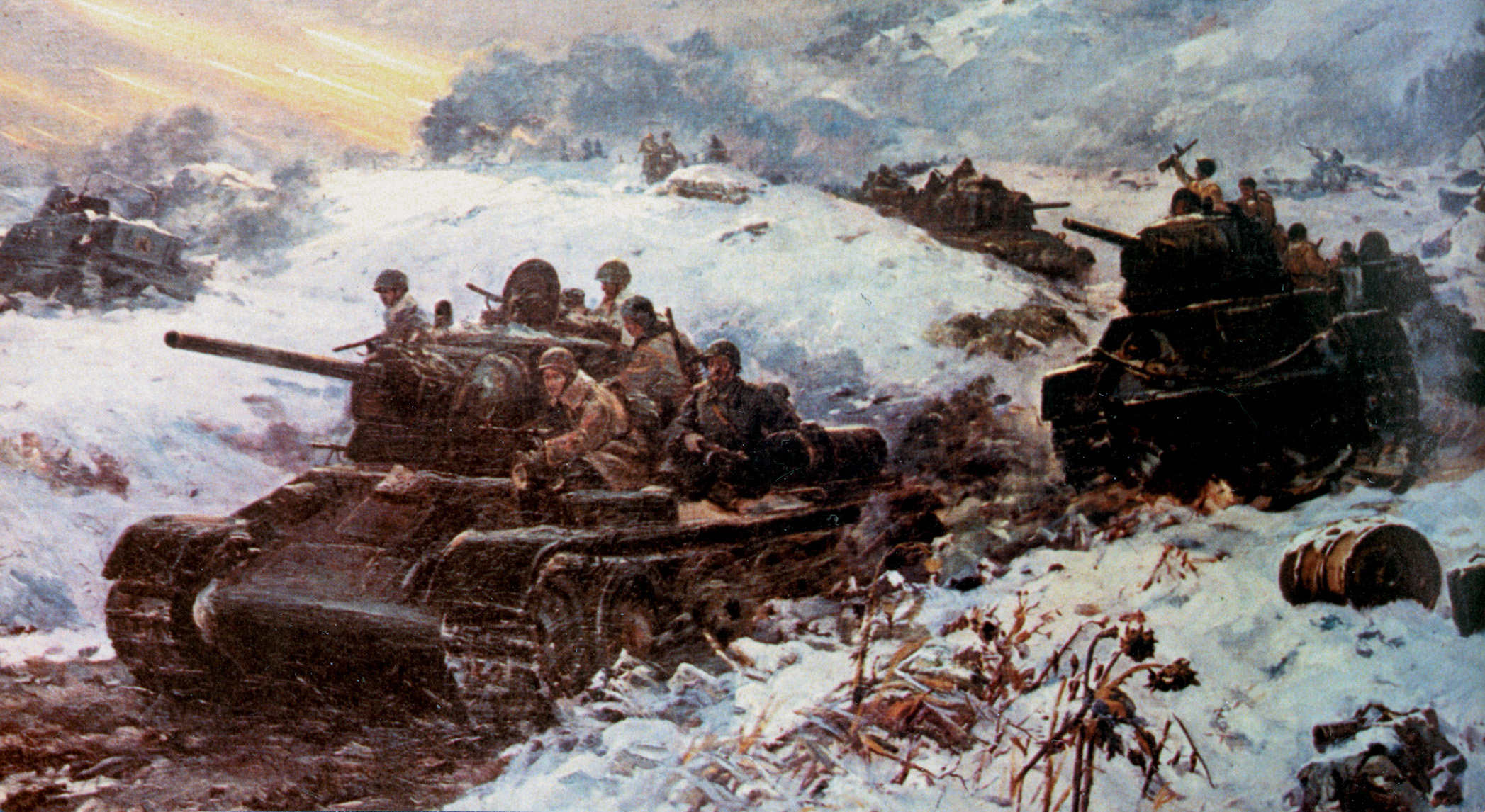
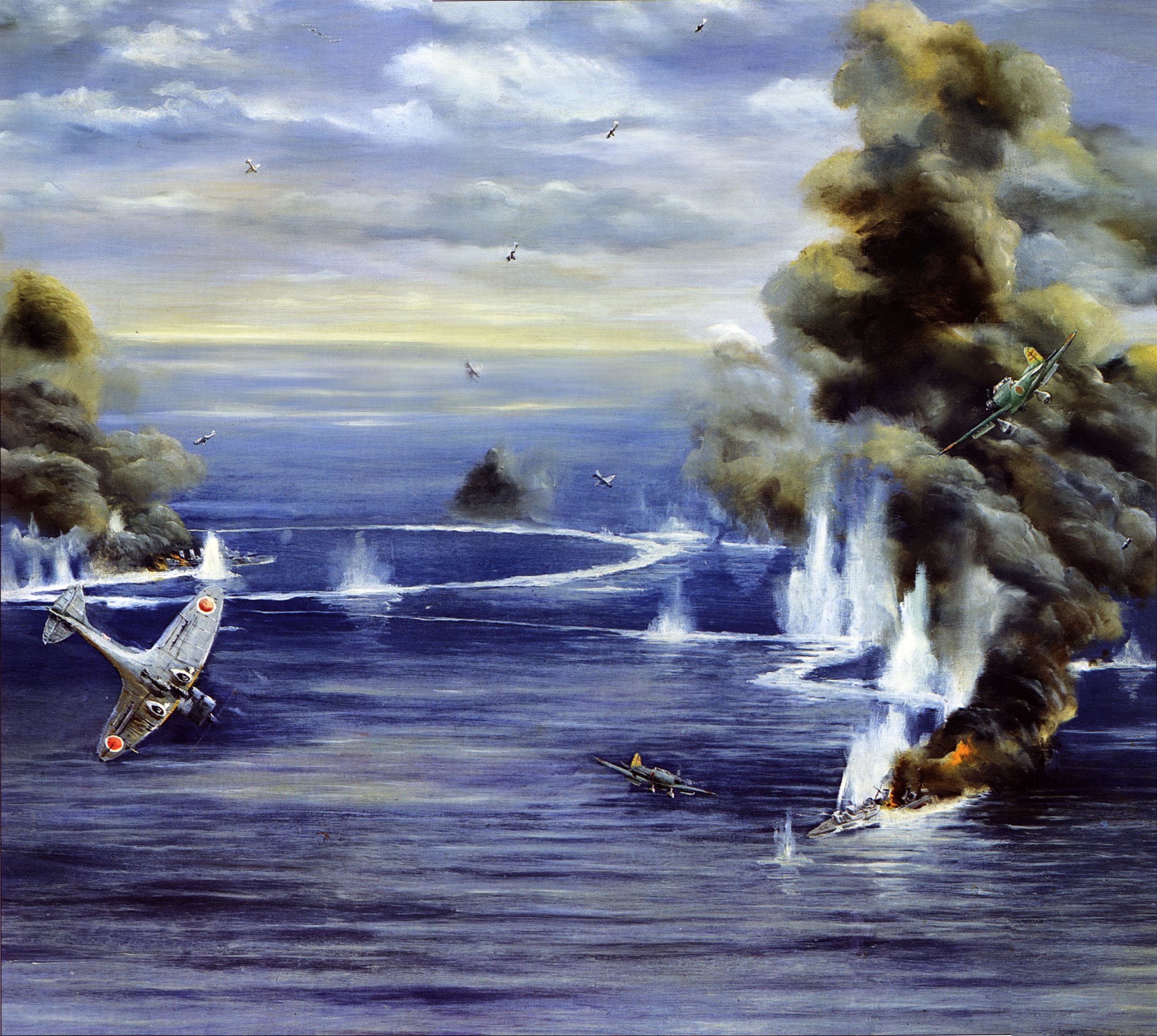
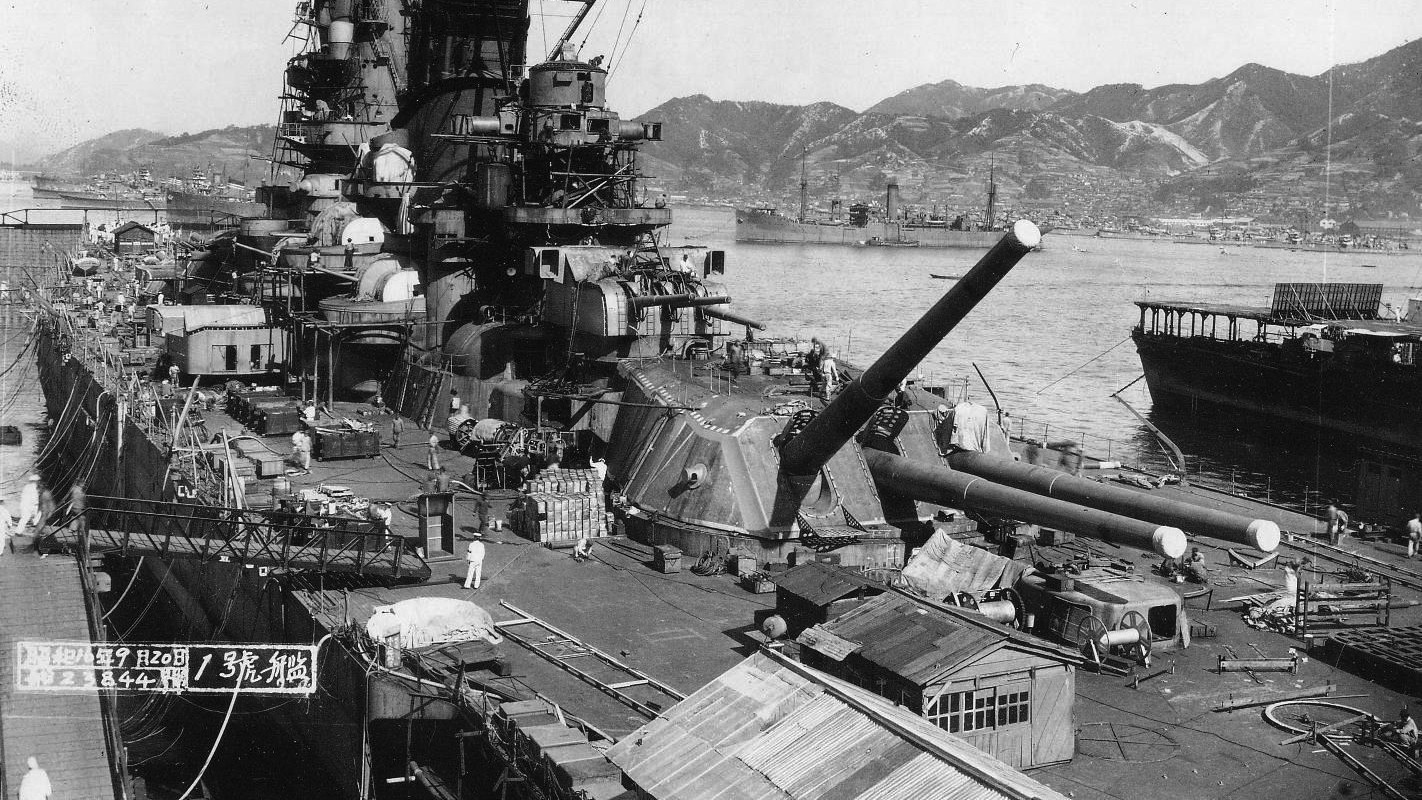
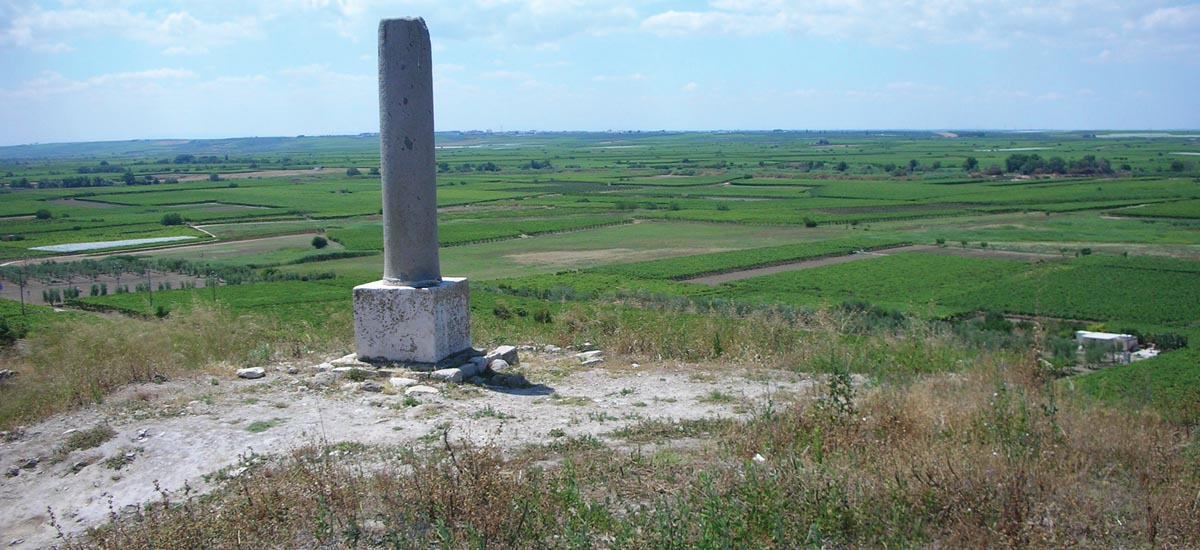
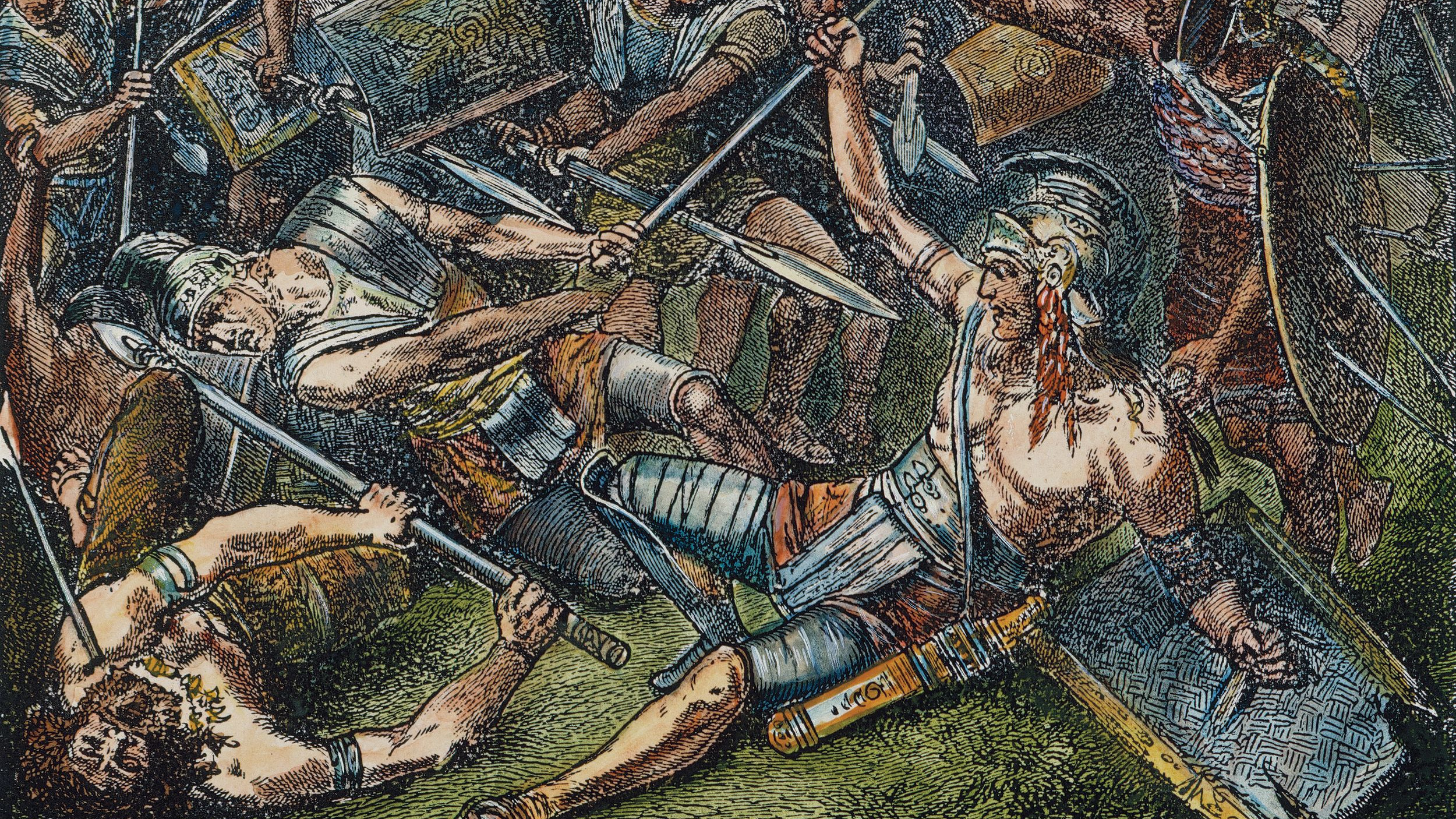
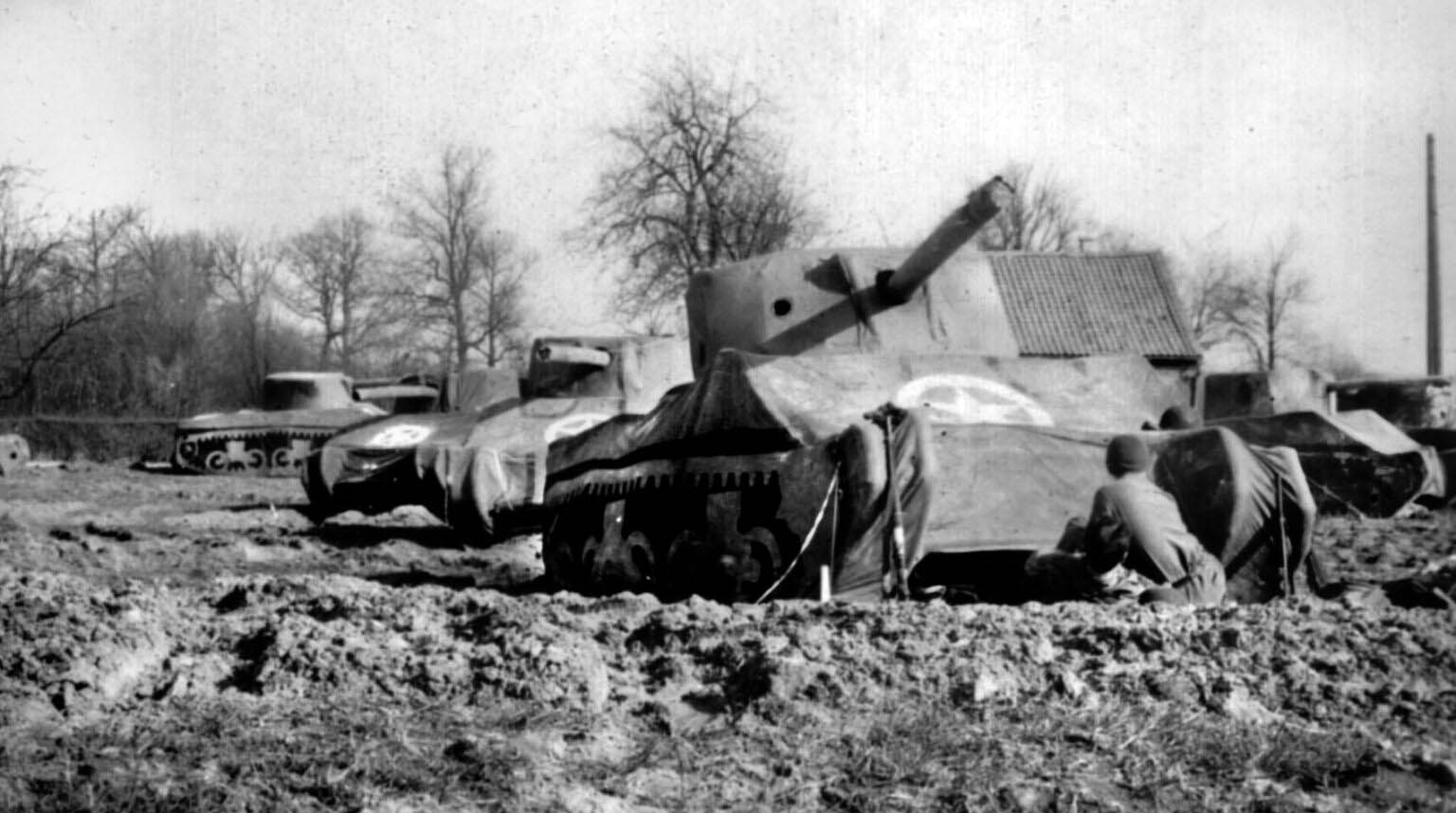
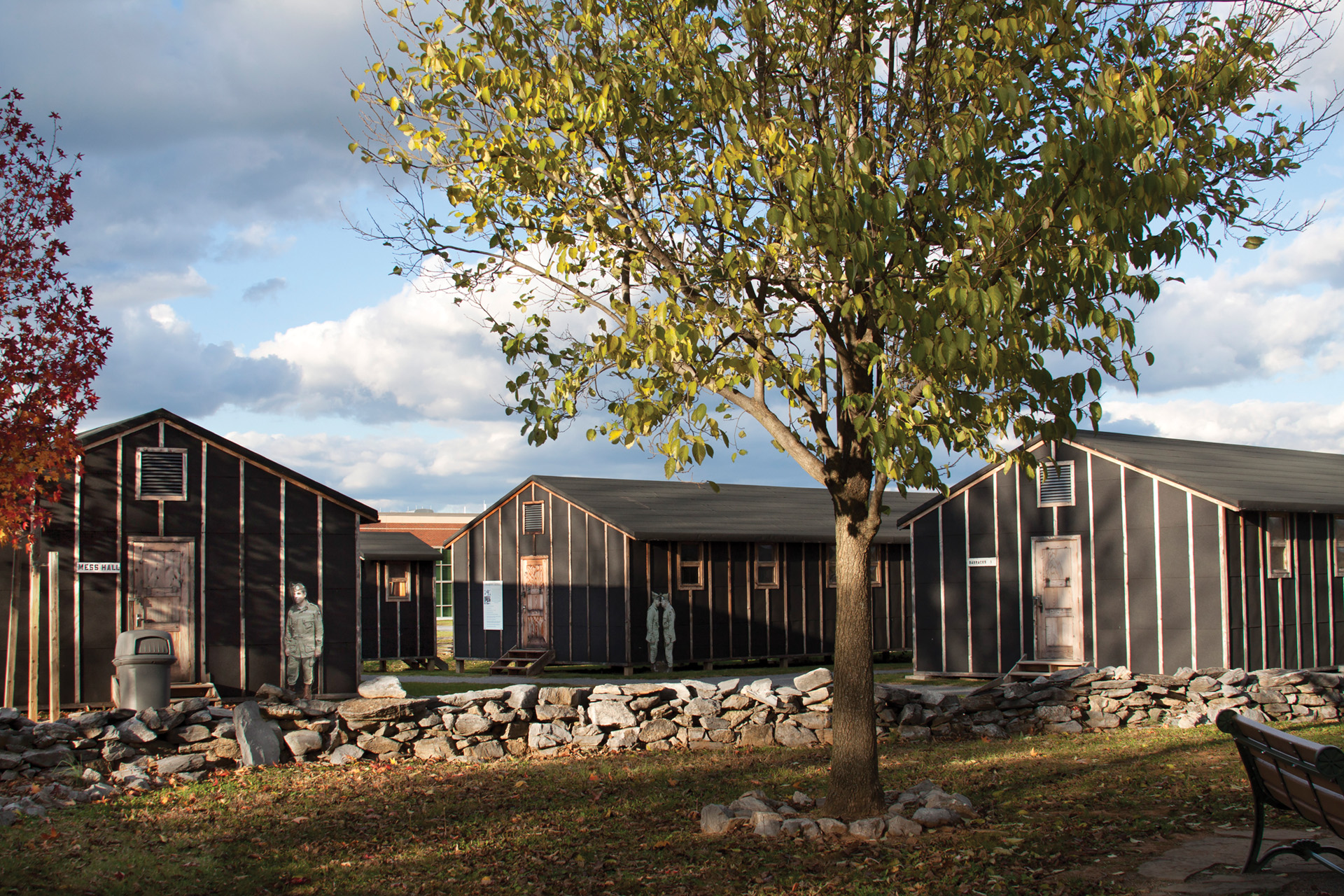
Join The Conversation
Comments
View All Comments